On This Day…May 5th
Messerschmitt Bf 109G6 (Trop) of 7.JG27 - pilot Gunther Hannak force landed in Malta 5th May 1943 and was taken prisoner for the remainder of the war.
On May 5th, 1945 a Japanese ‘balloon bomb’ killed six people in rural eastern Oregon, USA. They were the only World War II U.S. combat casualties in the ‘48 states’.
Rev. Archie Mitchell, his Sunday school teacher wife, and five 13- and 14-year-old students near Klamath Falls were driving along a mountainous road on the way to a Saturday afternoon picnic when Teacher Elyse Mitchell (who was pregnant) became sick. Her husband pulled the sedan over and while he was talking about fishing with locals (construction workers repairing the road), his wife and the students momentarily walked away.
They were about a hundred yards from the car when she shouted back: "Look what I found, dear". One of the road-crew workers (Richard Barnhouse) reported, "There was a terrible explosion. Twigs flew through the air, pine needles began to fall, dead branches and dust, and dead logs went up."
The minister and the road crew ran to the scene but all six were already dead, victims of Japan's ‘Fu-Go’ (fire-balloon) campaign. Carried on the Pacific Jet Stream air currents, the hydrogen filled balloons were designed to drop incendiary devices or anti-personnel explosives.
Each balloon was about 33 feet in diameter and barometer-operated valves released hydrogen if the balloon flew too high or dropped sandbags if it lost altitude. Primitive, but clearly deadly.
The Potez 630 and subsequent designs were a family of twin-engined aircraft developed for the French Air Force in the late 1930’s. The design was a contemporary of the Bristol Blenheim (designed purely as a bomber) and the German Bf 110 (designed mainly as a fighter). This example belonged to Squadron 555, Madagascar, depicted on May 5th, 1942.
A beautifully composed photo of Danish Freedom Fighters celebrating the Nazi downfall in a German car at The Central Square (Rådhuspladsen) in Copenhagen. Note the guys in the boot (trunk) - 5th of May, 1945.
And below, Danish civilians celbrate on the same day.
Following from yesterday’s post, the temperature in the Coral Sea was rising, in more ways than one. Under the command of Rear Admiral Frank J. (“Whiskey Jack”) Fletcher on 5th May, Task Force 17 met with TF 11 and TF 44 some way south of Guadalcanal (unknown to Fletcher, the Enterprise and Hornet were en route, full steam ahead from Pearl - fresh from the Doolittle Raid - under Admiral Halsey with orders to take command of the force).
This reunited the Lexington and Yorktown (fresh from attacks on Tulagi. Four Wildcats from Yorktown intercepted a Kawanishi H6K flying boat from the Yokohama Air Group based at the Shortland Islands and shot it down. The ‘Mavis’ failed to send any message before it crashed; however, the Japanese correctly assumed that it had been shot down by US carrier planes.
Zuikaku crewmen service aircraft on the carrier's flight deck on 5th of May...
Between the air attack on Tulagi and missing Mavis, spurred the Japanese now knew that at least one American carrier was operating in the area. The Japanese countered by sending Admiral Takagi with Shokaku and Zuikaku from Rabaul, escorted by two heavy cruisers, around the eastern end of the Solomons into the Coral Sea. The Japanese (rightly) became quite obsessed with the need destroy the American carriers that they missed at Pearl.
The aircraft carrier Yorktown's Bombing Squadron Five (SBD-3 Dauntless scout bombers) spotted forward on the flight deck during operations in the Coral Sea. ..
Like a chess game, for two days both forces scoured the Coral Sea with little success, taking the occasional pawn. The main attack forces actually came as close as 70 miles of each other (on May 6) without realizing it, mainly due to foul weather. On one of those clutch points that battles (and wars) can turn on, a Japanese land-based search plane sighted and correctly reported Fletcher’s position that day, but that resulted in no response when the report was routed through Rabaul instead of directly to Takagi.
F4U-4 Corsair of US Navy squadron VF-75 and SB2C-4E Helldiver aircraft of US Navy squadron VT-75 in flight over USS Franklin D. Roosevelt, western Atlantic Ocean, 5th May 1946.
This B-17F Fortress, converted into an armed supply aircraft, had a wheel collapse during an emergency landing at Tadji Field, New Guinea and slid into the bomb dump, May 5, 1944. Luckily all crew (despite their landing place, note the 500lb bombs scattered around) survived. Also note the red outline on the national insignia.
The crew of this PBJ-1 Mitchell bomber of Marine Squadron VMB-413 didn’t fare so well. Hit in the port engine by anti-aircraft fire over Tobera, New Britain, on 5th May 1944, the bomber crashed a short time later killing all 6 of the crew.
Grumman F6F-5 Hellcat VF-83 115 “Death ‘n’ Destruction” - from USS Essex (CV-9) on May 5th 1945.
May 5th is celebrated in the Netherlands each year as ‘liberation day’ - lovely photo here from the first May 5th party, 1945.
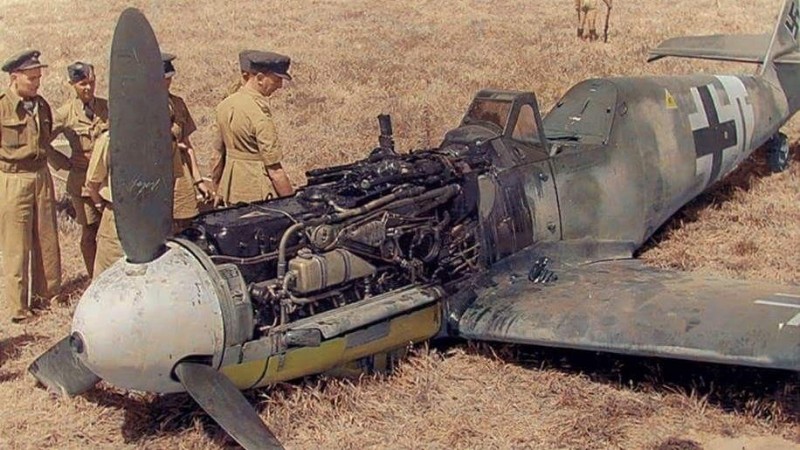
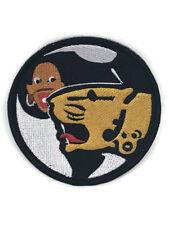
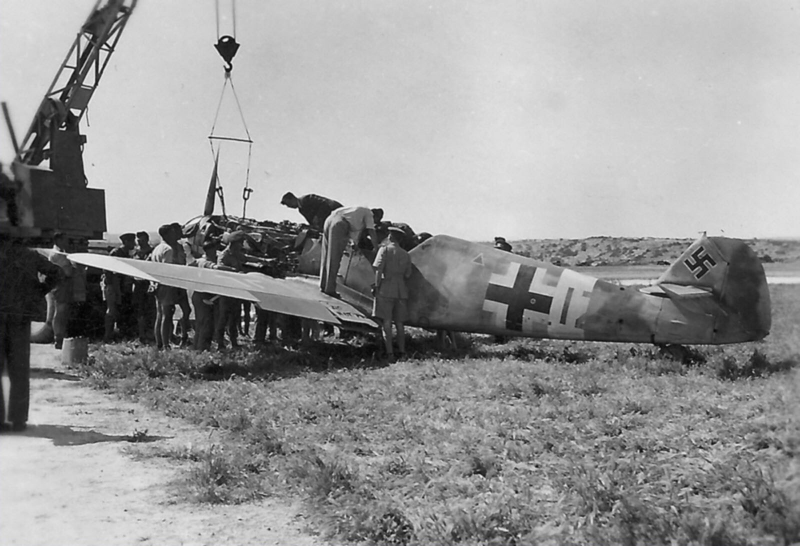

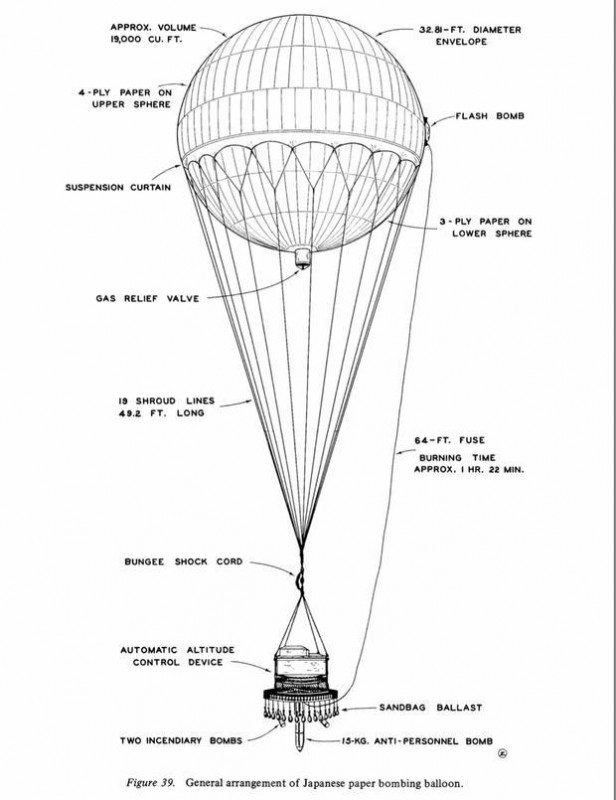

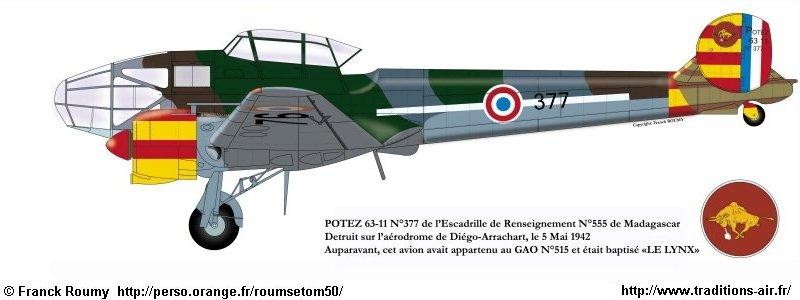
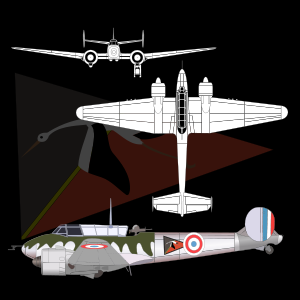
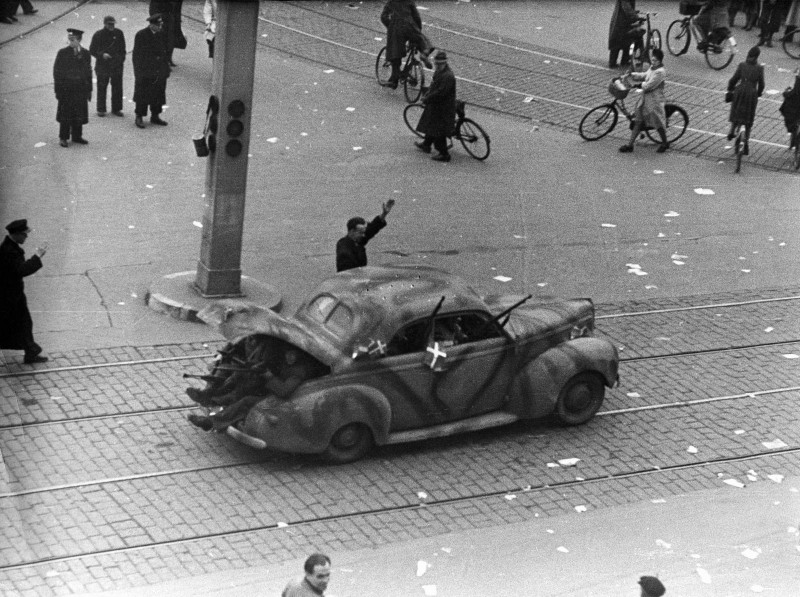
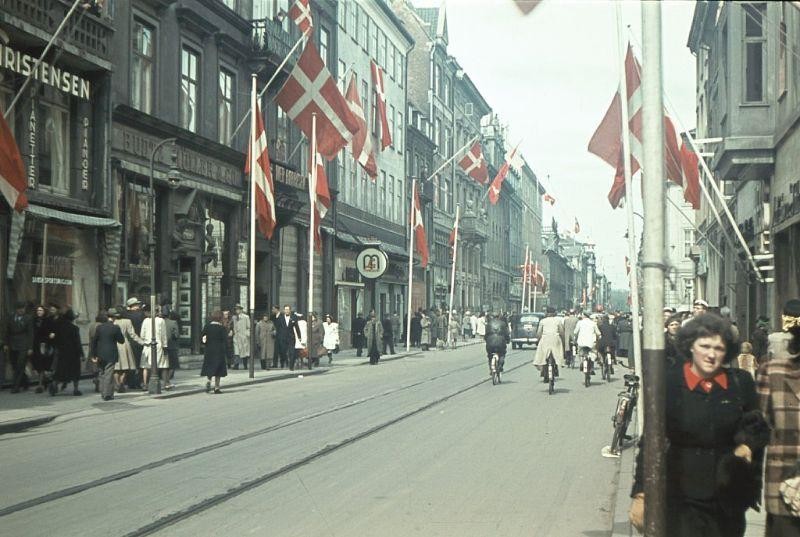
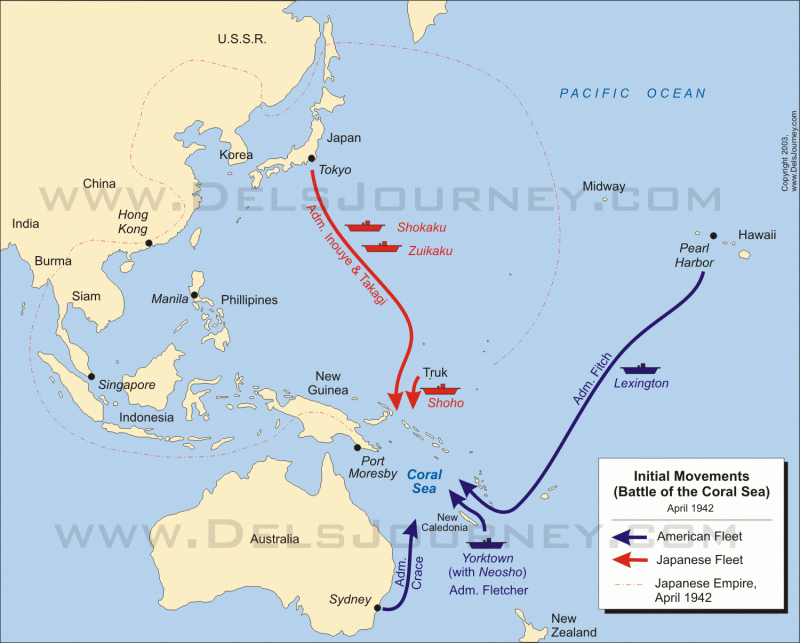

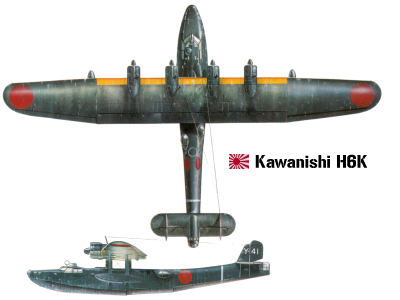
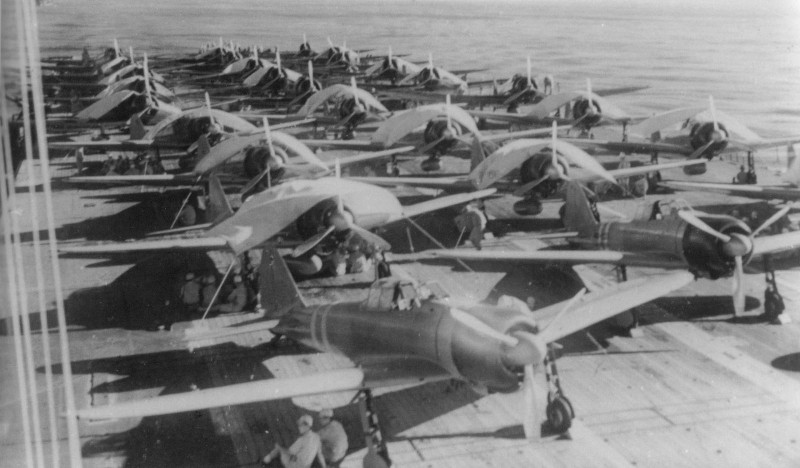
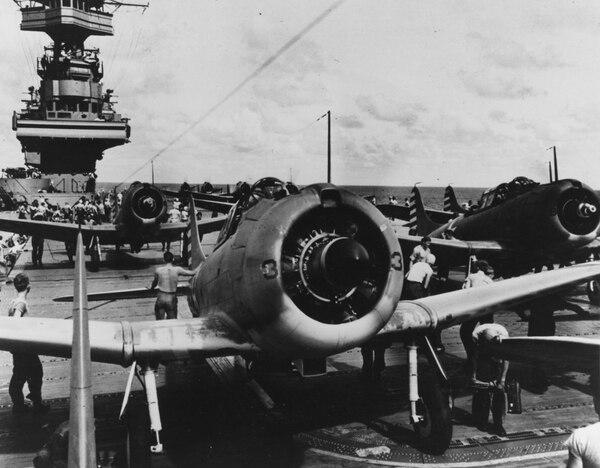

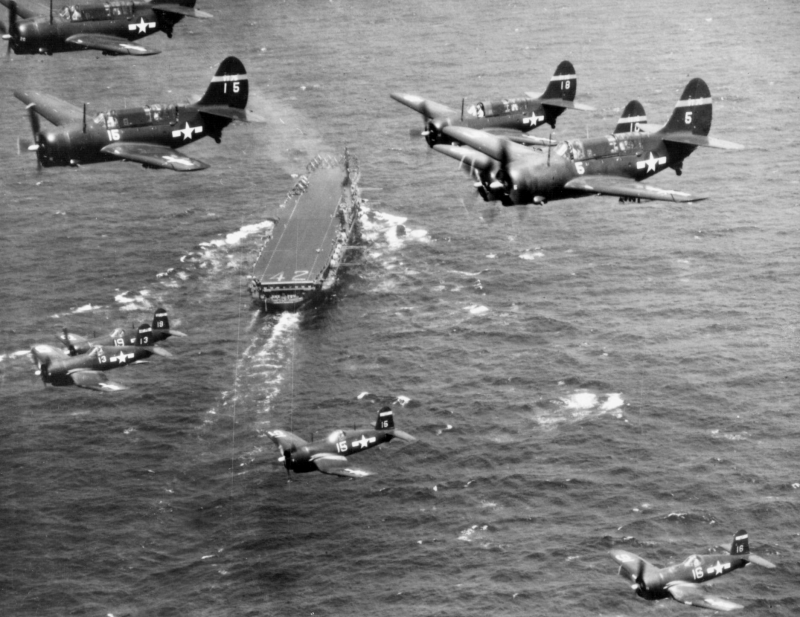

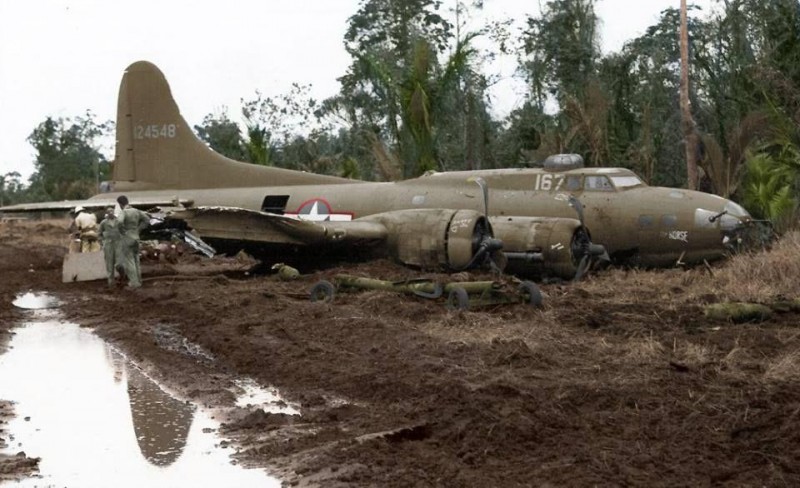

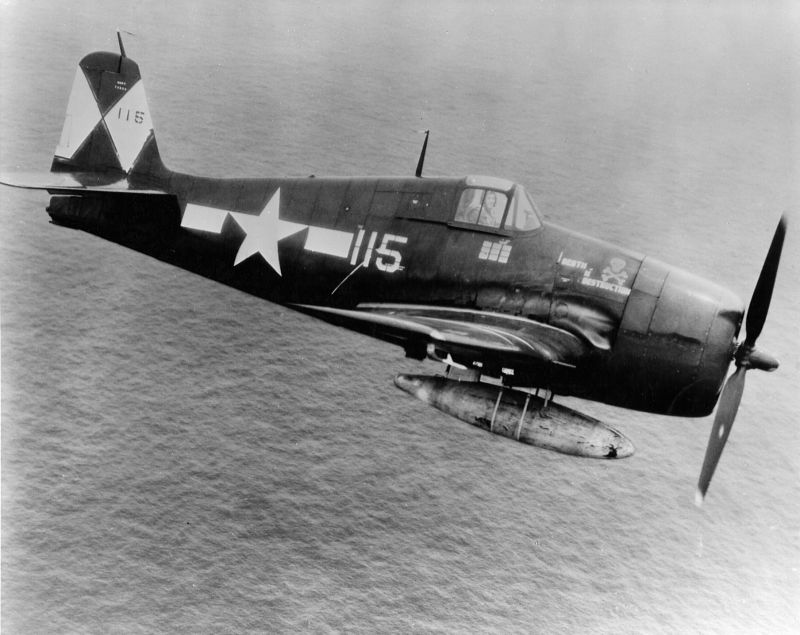
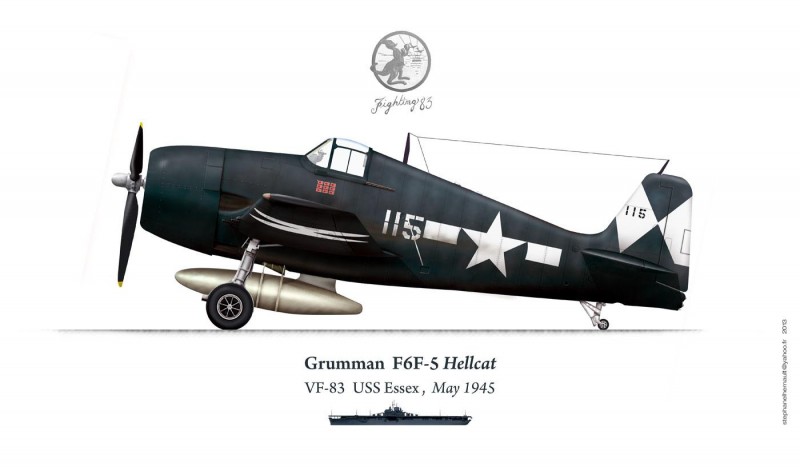
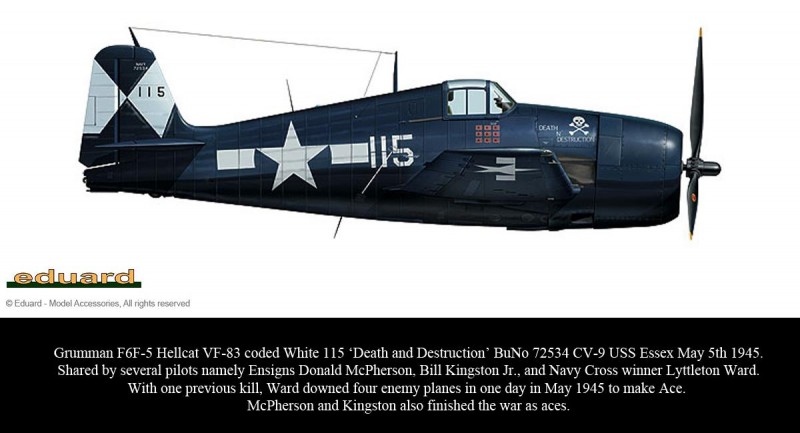
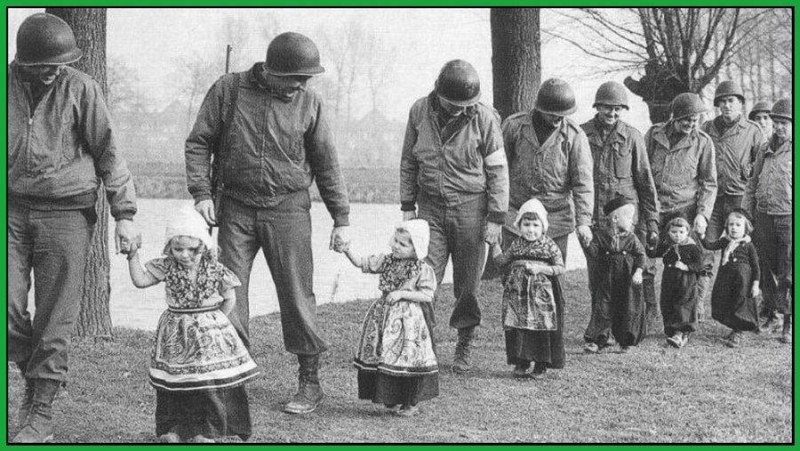
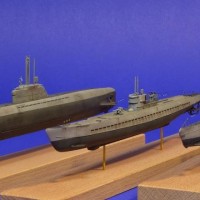


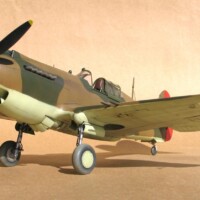
Wow ,Two years in Malta ,I'd say Gunther did O.K. !
Cheers Dave, great set as usual.
N.
I can think of a lot worse places to sit out the war, Neil. That said, Malta did take a hell of a shellacking for a while.
A nice variety, David.
Awesome material as usual. Keep them coming. The highlight of my day!
Ah, Morne, YOU make MY day with comments like that, my friend. There was a lot of good material today.
I couldn't have said it better Morne... @mornem
Thanks David !
Much appreciated, Louis. Hope you are enjoying the weekend and I’ve just seen you are getting some modeling in!
Thanks, Robert.
I really love the "Liberation Day" photo...the little girls in traditional Dutch dress. Priceless!
It’s a great antidote to the habit life sometimes has of grinding you down.